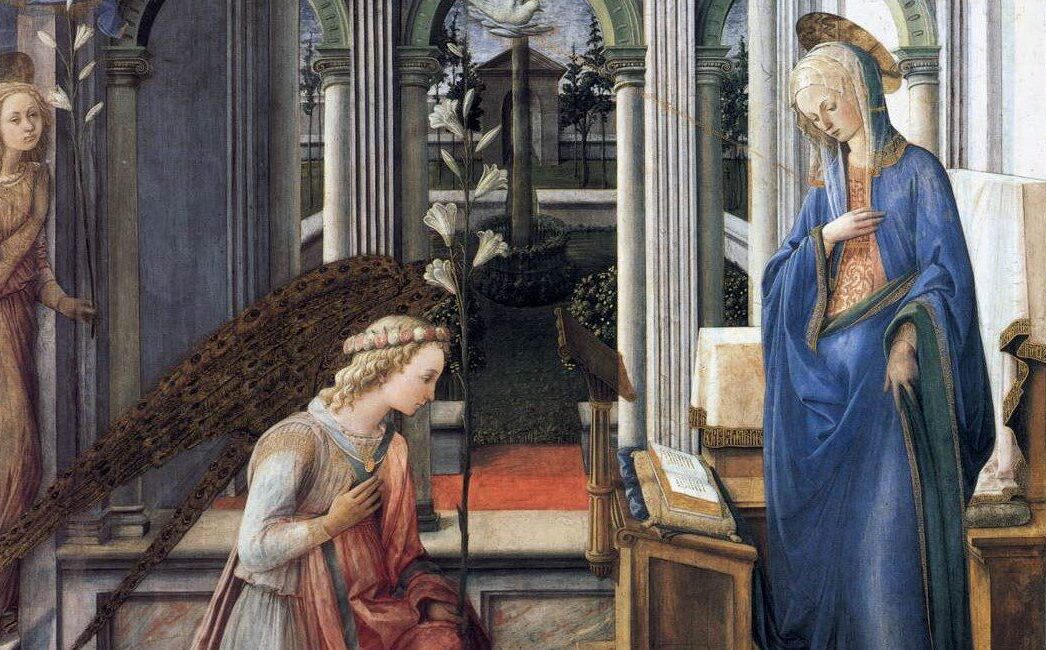A Brief Pause for Silence Follows
Silence is an important part of the Mass and place is made for it at the very beginning of the celebration. The psalmist declares, “Be still, and know that I am God” (Ps 46:10). Then, there is the old saying, “The language of God is silence.” The Word of God and those who guide us in our Christian relationship with the Lord recognize silence as the experience or condition when God makes himself known to us. This is also the case with the celebration of the Sacred Liturgy. However, we resist silence. We like noise, even if it is the noise of our constant activity or ideas racing through our minds.
Chapter II of the General Instruction of the Roman Missal (hereafter GIRM) describes many significant elements of the Mass. Some of these elements include the reading and explaining of the Word of God, the prayers and other parts pertaining to the priest celebrant, the importance of singing, as well as gestures and bodily postures. It might surprise many that included in this list is silence (see GIRM 45). The silence during Mass is also when God makes himself known to us. In fact, the Constitution on the Sacred Liturgy called for a reverent silence during the Sacred Liturgy to promote communal participation on the part of all (see Sacrosanctum Concilium, 30). Even in the celebration of the Sacred Liturgy this silence is often put aside in favor of some noise.
The priest celebrant and the faithful together are to observe silence at two distinct moments during the Introductory Rites. To observe this silence requires an understanding of its purpose and a discipline to do so. The first silence occurs after the introduction to the Penitential Act (GIRM 51). The Order of Mass directs after this introduction that “[a] brief pause for silence follows” (Order of Mass, 4). As part of the Introductory Rites, this act prepares us “to listen to the Word of God and to celebrate the Eucharist worthily” (GIRM 47). Specifically, the Penitential Act is that moment of preparation when we “acknowledge our sins” (Order of Mass 4). The silence that follows allows all those assembled to recollect (see GIRM 46), to be mindful that we need to purify our focus for the Mystery of Christ that is unfolding and to which we desire to unite ourselves. Our sins, our daily failings, keep us from fully encountering the Eucharistic Mystery. This first corporate silence should be long enough so that it is truly an honest pause for silence, one that allows God to work within us and among us to lead us to the Sacred Mysteries.
The second silence during the Introductory Rites follows the “Let us pray” that introduces the Collect. In this instance the Order of Mass directs after this introduction that “all pray in silence with the priest for a while” (Order of Mass 9). This silence, more than a pause but for a reasonable amount of time, provides space in the Mass for the priest celebrant and the faithful to become aware of being in the presence of God and to call to mind their many intentions for this particular celebration of Mass (see GIRM 54). This silence promotes real participation in this prayer and recalls its ancient form. The Bishop would invite the people to bring forward their intentions for the Eucharist in silence and then summarize them in his prayer that would follow. This silence, even today, gives meaning to the prayer to the Father, through Jesus in the unity of the Holy Spirit that continues from it and leads to the “Amen” of the faithful.
The best way to make these two moments of silence a typical part of the Introductory Rites is to recognize that they belong to the same Order of Mass that includes what is spoken, to observe them as a matter of habit and to keep in mind the meaning associated with them. These moments of silence are at the same time an opportunity for the priest celebrant and all the faithful to participate as one in the liturgical action.
The first part in this series is available by clicking here.



